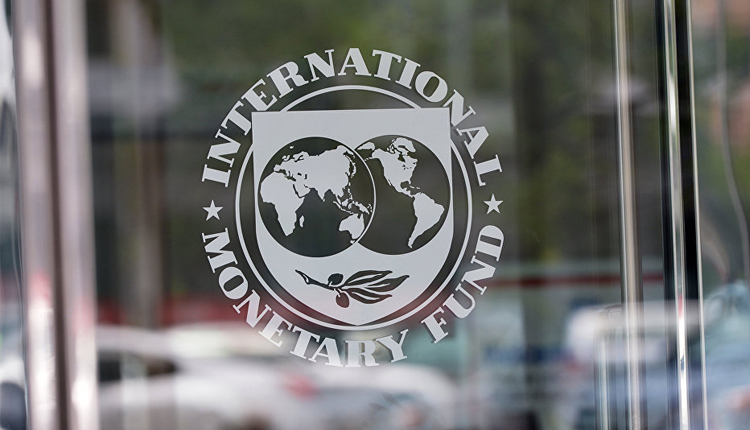Germany has needed more public spending particularly when financing costs there were so low, IMF said Wednesday.
However, “The yield curve is uniformly negative up to 10 years and there are many opportunities for productive investment in infrastructure and networks in Germany that could yield a very positive return for the German economy and thereby strengthen potential growth,”
The IMF also rejected prominent calls to rethink fiscal policy across the world on Wednesday, saying that if countries wanted to run much higher levels of public debt, they risked facing severe difficulties in financing their borrowing.
Vitor Gaspar, director of the IMF’s fiscal affairs department, took the stance against looser fiscal policy as he presented the fund’s Fiscal Monitor, which called for countries to continue improving public finances to give themselves space to tackle the next downturn
Fiscal stimulus could be needed in Australia, Germany, China and several other countries due to the risk of a sharper-than-expected economic slowdown, The International Monetary Fund warned.
This was announced during representing the Fiscal Monitor report at International Monetary Fund (IMF) and World Bank Group annual spring meetings which is held in this week in Washington.
The IMF further noted that there was a case that these countries, which also included South Korea and Japan, should enact “limited, high-quality fiscal stimulus.”
The fund added that any fiscal stimulus in China and Japan should be accompanied by a “credible medium-term consolidation plan.”
This report that was published today, discussed fiscal policies to prepare for the next downturn and foster long-term inclusive growth by adapting to changing demographics, advancing technology, and deepening global integration. It also covers recent fiscal developments and the fiscal outlook in advanced economies, emerging markets, and low-income developing countries; recent trends in government debt and analysis of changes in fiscal balances, revenue, and spending; and potential fiscal risks.


